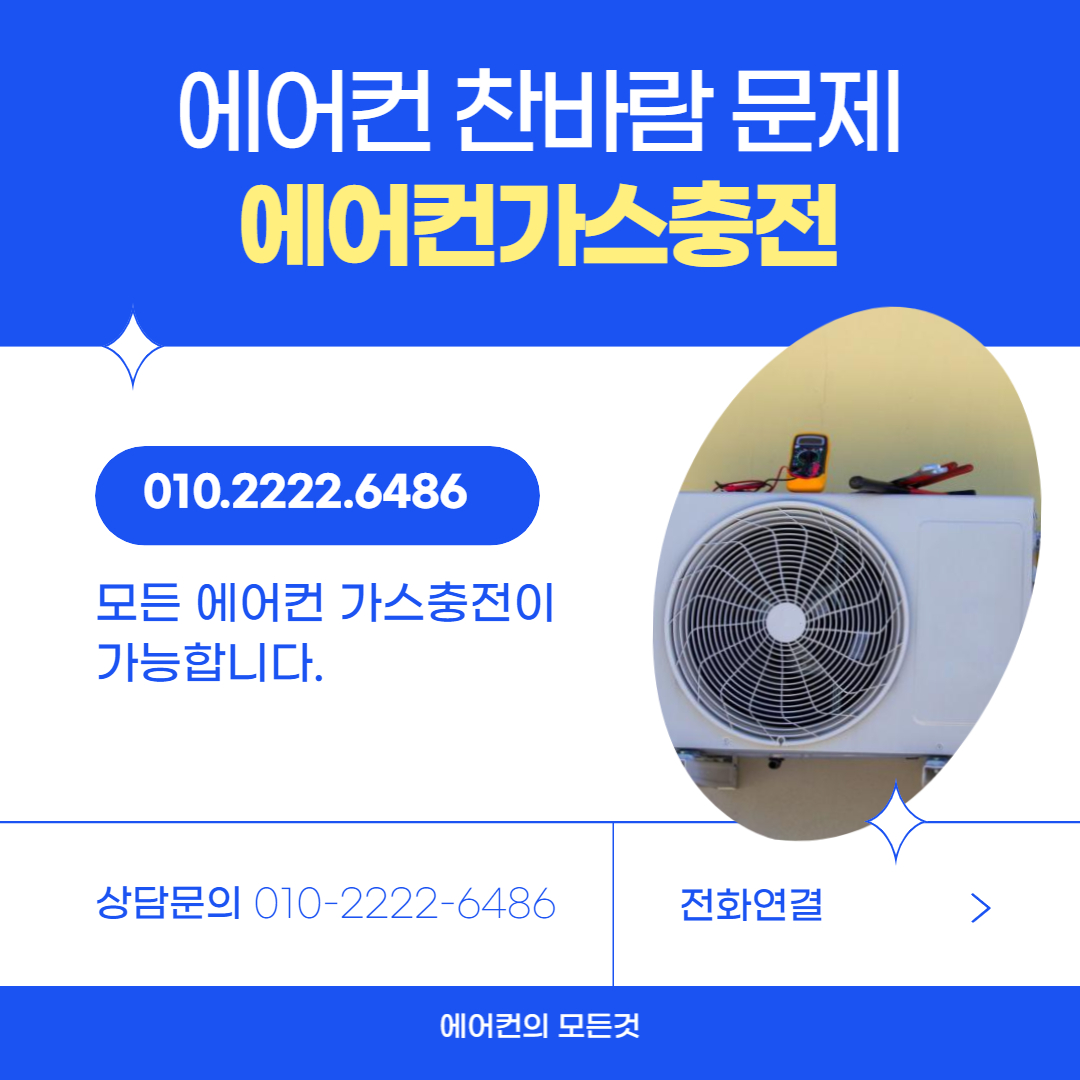
Critical Techniques for Extensive Analysis of Press Machines: A All-encompassing Manual
Understanding the Necessity of Suitable Assessment Before You Acquire a Lithographic Apparatus
When you're in the industry to procure a press device, whether recent or reconditioned, executing a thorough evaluation is critical. This process assures you're establishing a prudent acquisition, notably if you're seeking to obtain reconditioned Heidelberg equipment or any other brand of press apparatus buy printing press. A thorough evaluation can uncover the actual state of the apparatus, assisting you evade expensive restorations and downtime in the future.
The inspection process encompasses diverse key phases, from optical inspection to functional trialing. It's not just about validating if the equipment functions; it's about measuring its general condition, effectiveness, and potential durability. This guide will lead you through the essential features of analyzing a publishing machine, whether you're a seasoned professional or novice to the sector.
Crucial Aspects to Examine When Selecting to Acquire a Typographic Device
Before plunging into the assessment operation, it's crucial to appreciate what elements should impact your judgment to purchase a printing machine. Analyze the ensuing:
- Yield demands: Assure the machine's competencies match with your existing and prospective creation requirements.
- Capacity confines: Evaluate your accessible room and contrast it to the device's dimensions.
- Finances: Factor in not just the buying cost, but also possible mend and maintenance costs.
- Type renown: Examine the manufacturer's history, chiefly if you're seeking to buy a used Heidelberg or other established brand.
- Accessibility of pieces and support: Determine if substitute pieces are quickly accessible and if there are skilled experts in your vicinity.
By maintaining these aspects in thought, you'll be further supplied to make an educated selection during the assessment technique.
Comprehensive Visual Observation: What to Look for in a Press Unit
The first phase in the analysis of a press machine is a meticulous ocular inspection. This method incorporates thoroughly studying every approachable element of the equipment. Here's what to hunt for:
- Overall hygiene: A well-maintained unit should be clean and free from superfluous pigment deposit or residue.
- Signs of deterioration: Inspect for abraded cylinders, wheels, and other revolving components.
- Corrosion or degradation: Look for any signs of erosion, specifically in aged devices or those housed in soggy atmospheres.
- Emissions: Examine for any grease or dye leaks, which could suggest o-ring or o-ring difficulties.
- Connection condition: Check circuit joints and circuitry for any symptoms of harm or faulty restorations.
Recall, a visual inspection can expose a lot about how well the apparatus has been preserved and can furnish you indications about likely troubles to examine further.
Key Practical Tests to Perform During the Assessment of a Publishing Apparatus
After the optical analysis, it's time to observe the apparatus in work. Performance assessing is imperative when you obtain a publishing device or apparatus. Here are some critical evaluations to undertake:
- Initiation sequence: Observe how effortlessly the equipment begins and if there are any abnormal audible signals or oscillations.
- Copy caliber: Perform test impressions and inspect the outcome for clarity, tint correctness, and regularity.
- Velocity tests: Ascertain if the machine can operate at different velocities without troubles.
- Paper intake and output: Ascertain seamless material management throughout the press operation.
- Synchronization fidelity: Test the device's capability to maintain proper arrangement across numerous tones or pages.
These trials will give you a clear idea of the unit's ongoing performance and possible issues that may warrant resolving.
Authority Tips for Gauging the Breakdown and Rebuilding Procedure of Printing Devices
Comprehending the disassembly of publishing machines is useful, notably if you're weighing moving the equipment or anticipate significant upkeep in the prospective. Here are some authority advice:
- Check the documentation: Unfailingly refer to the builder's specifications for adequate deconstruction processes.
- Tag and note: Tag all elements and junctions before deconstruction to ensure exact reconstruction.
- Appraise difficulty: Evaluate how smoothly the unit can be disassembled and rebuilt. This can shape prospective preservation expenditures.
- Scrutinize for compartmental construction: Compartmental equipment are often more manageable to deconstruct and move.
- Consider expert support: For intricate units, it may be advisable contracting specialists for the takedown of printing apparatuses to avert damage.
Remember, improper breakdown can result in harm and exorbitant restorations, so it's vital to tackle this procedure with caution and expertise.
